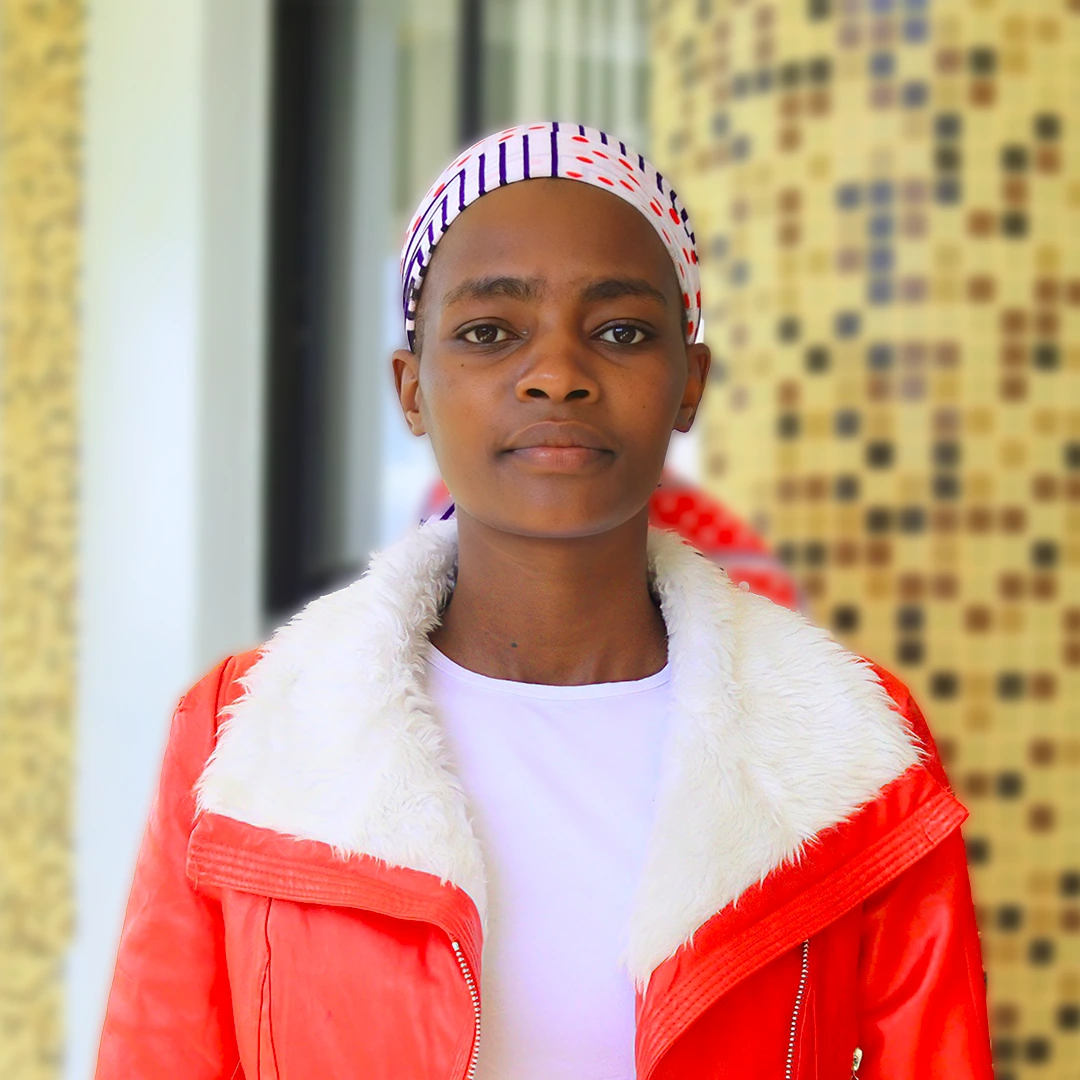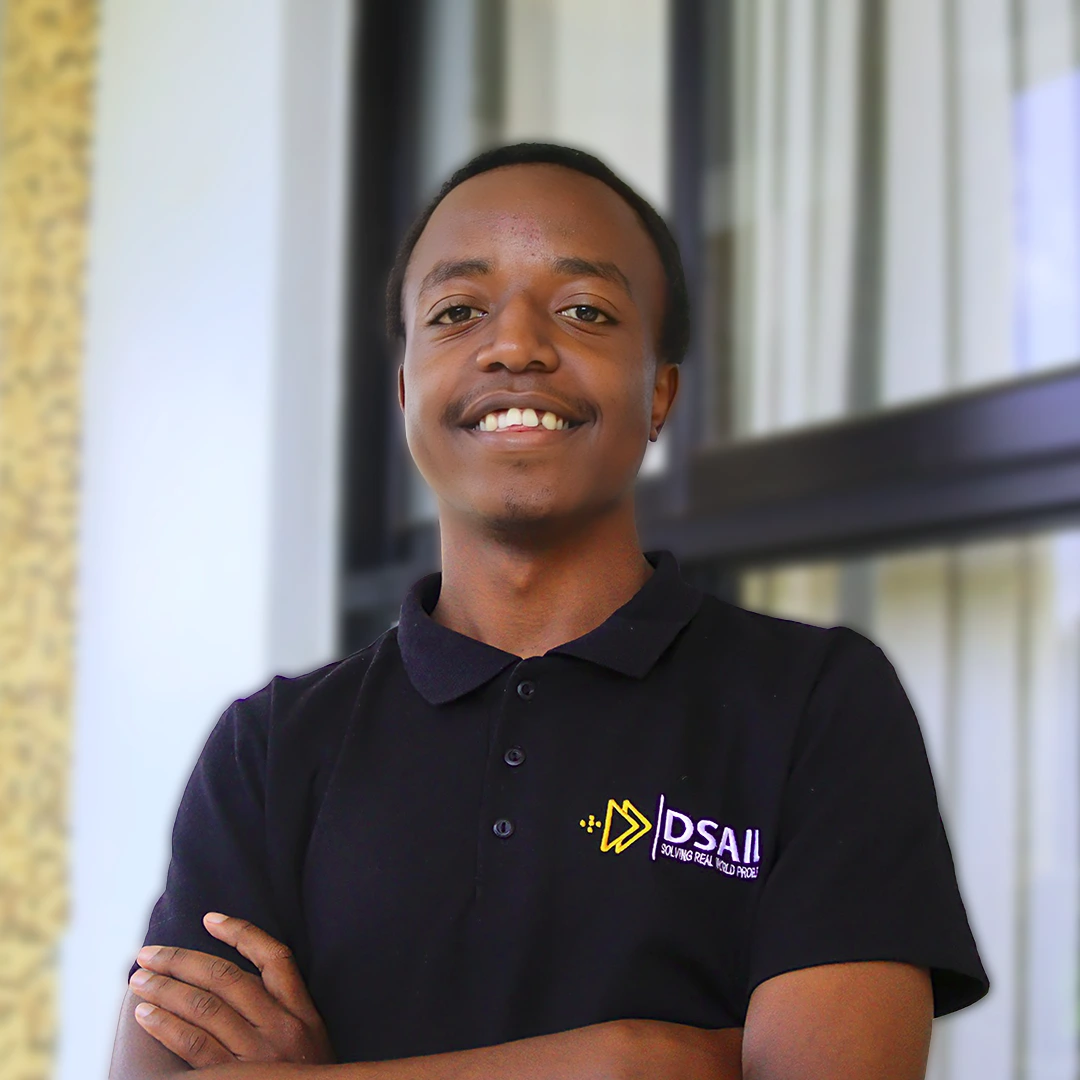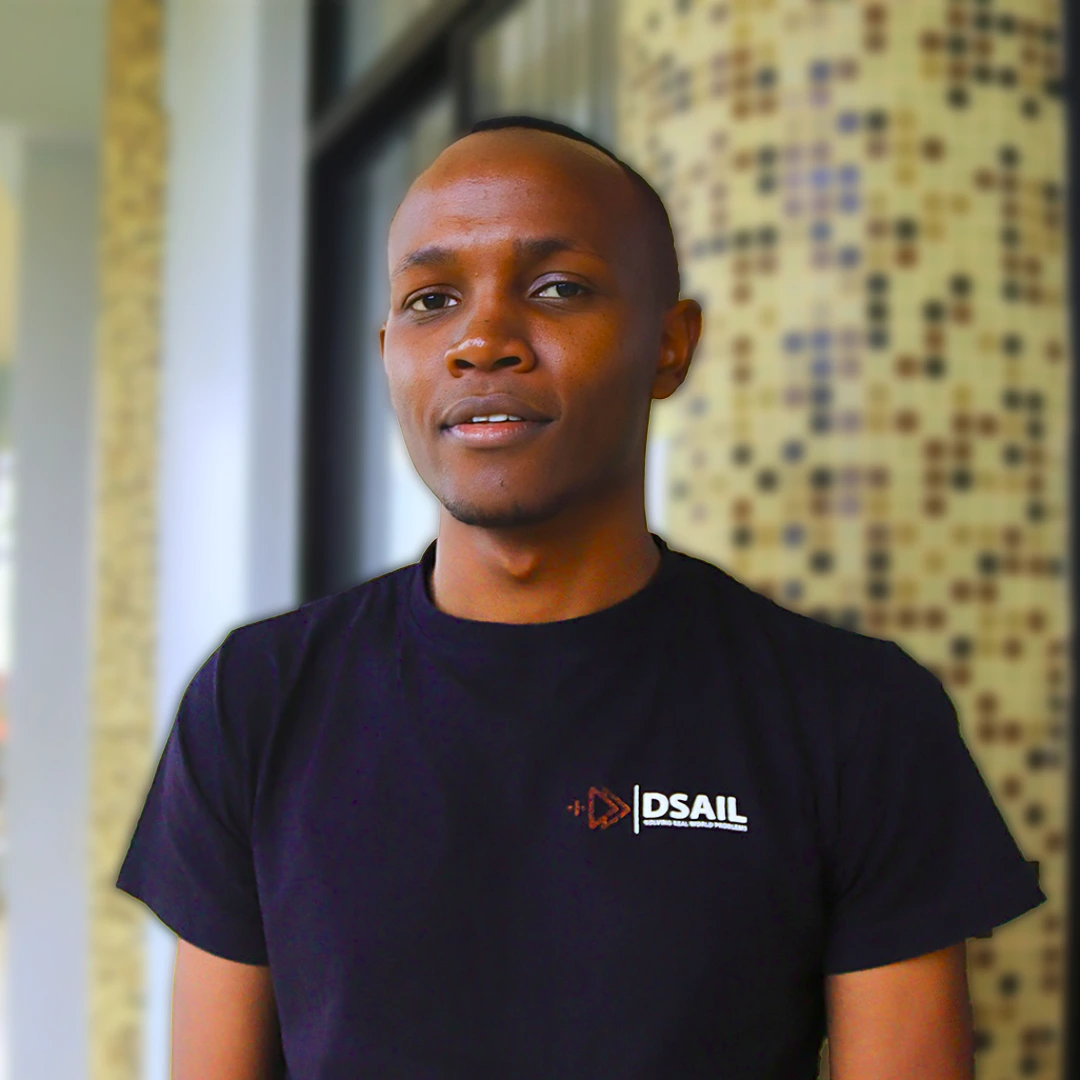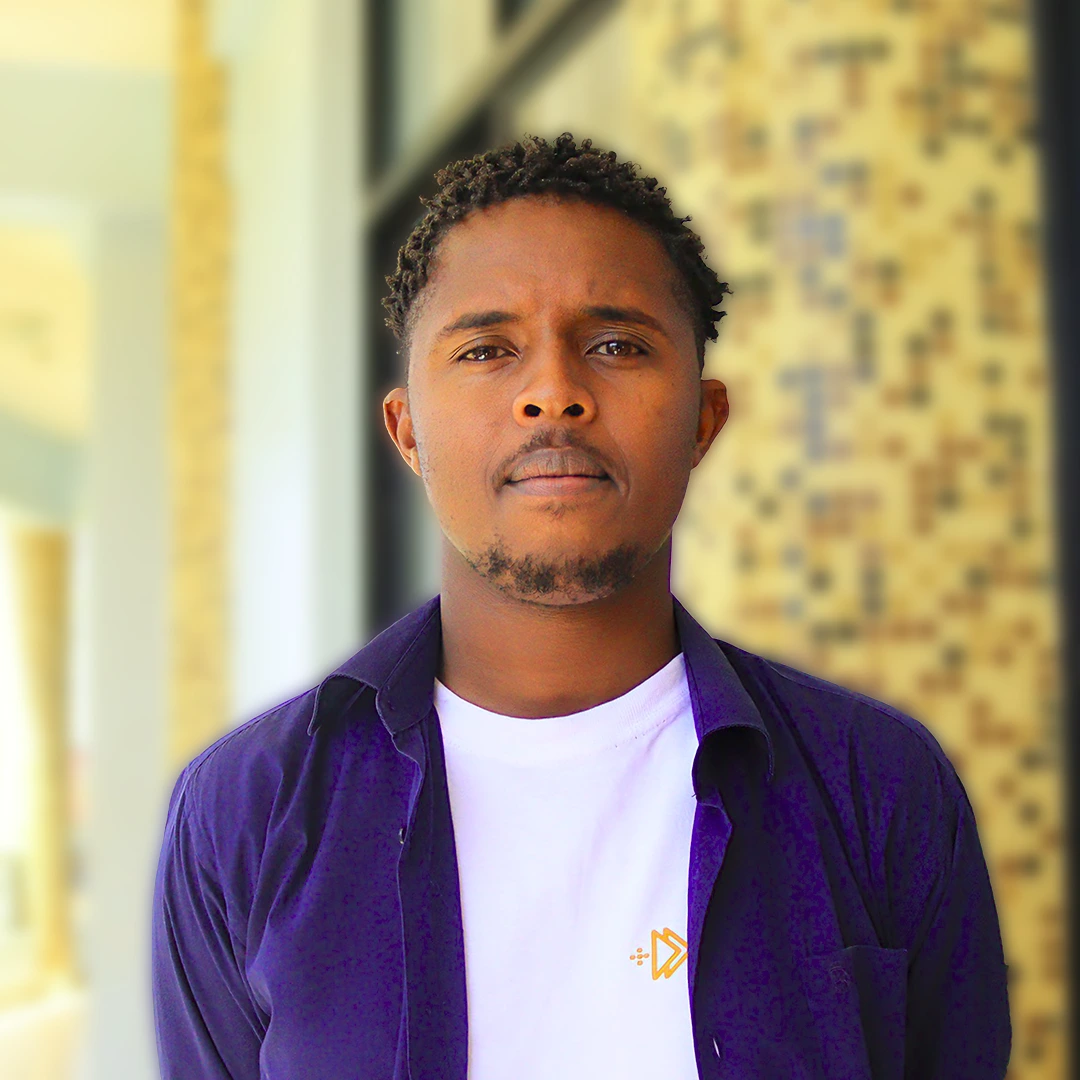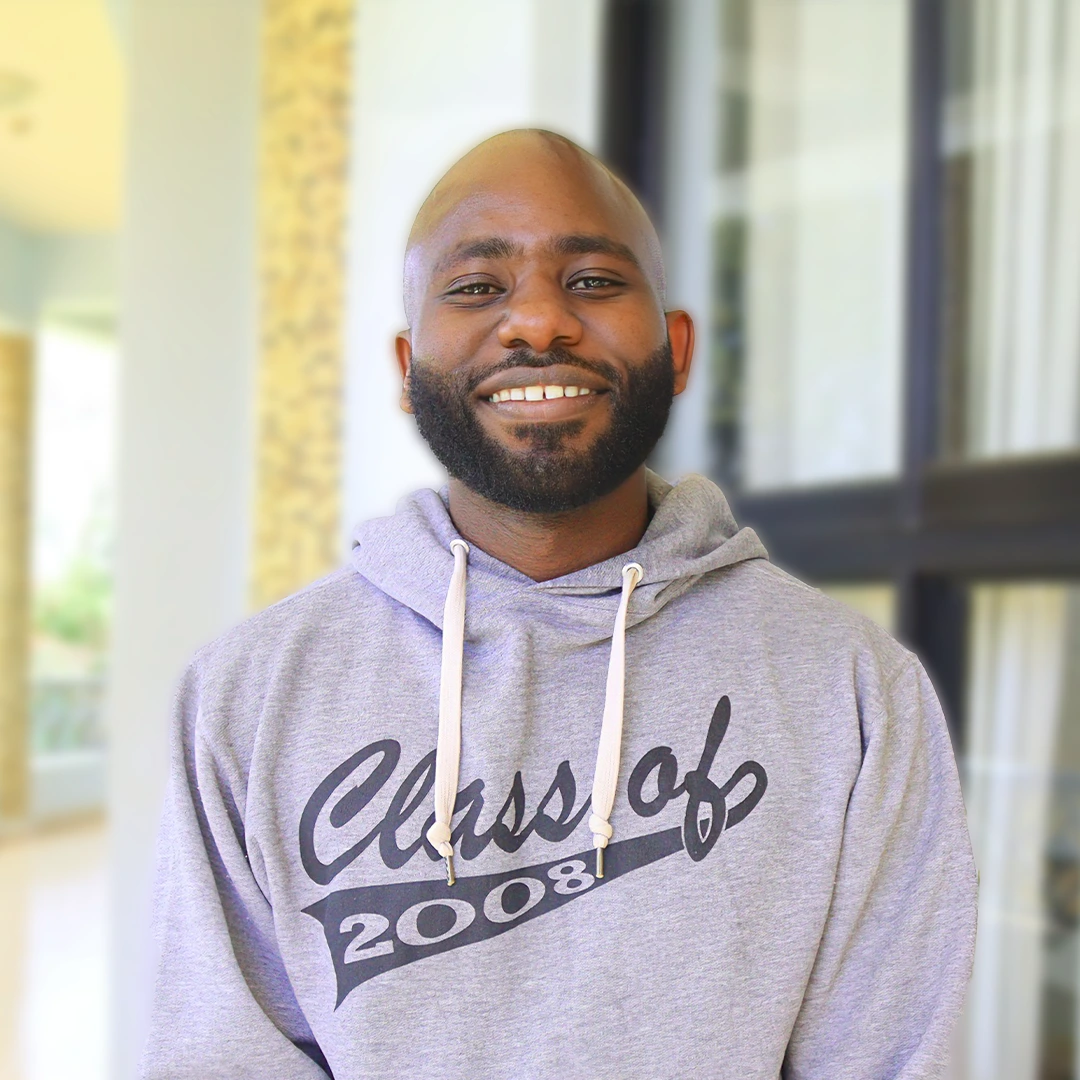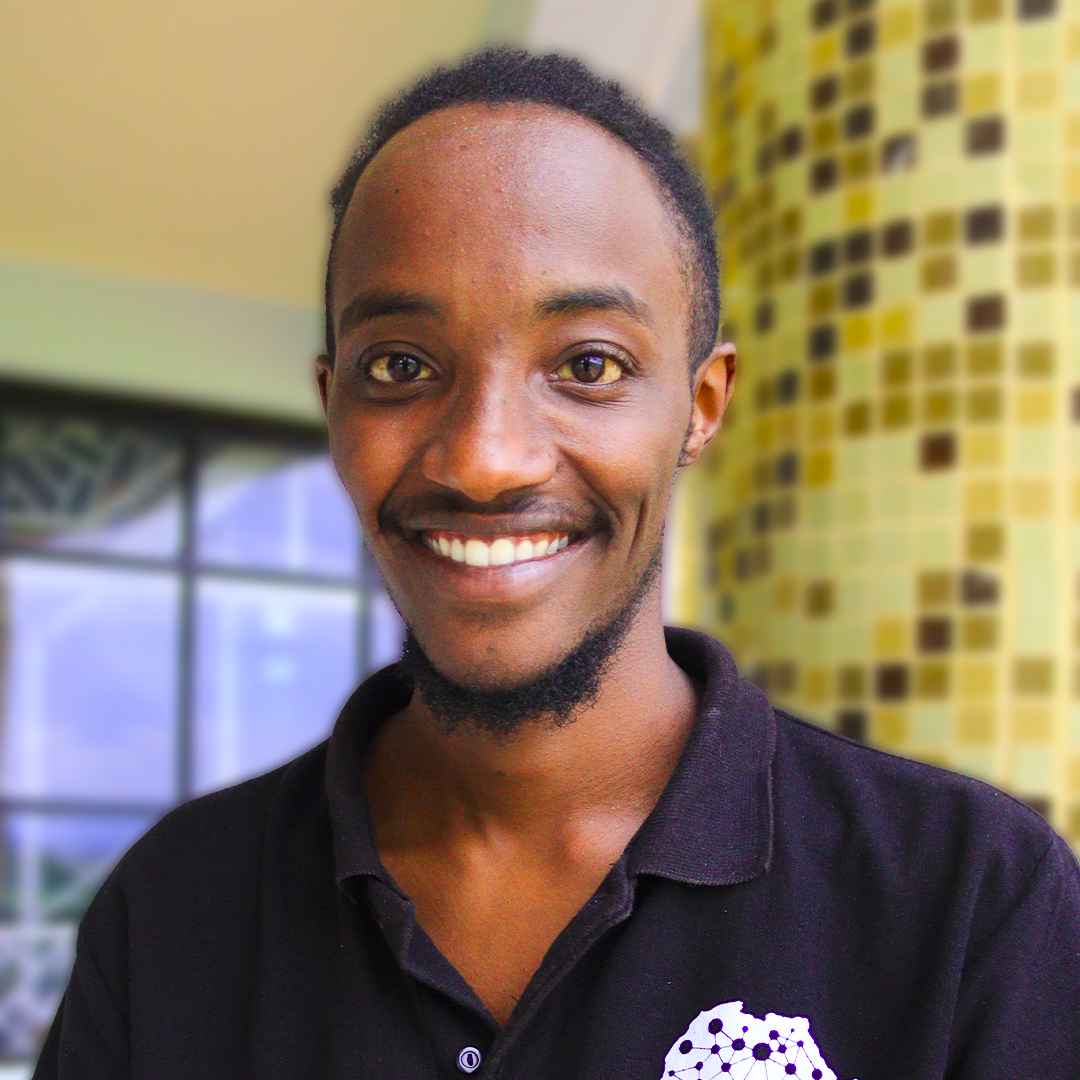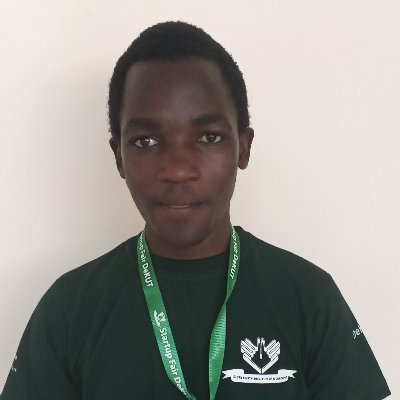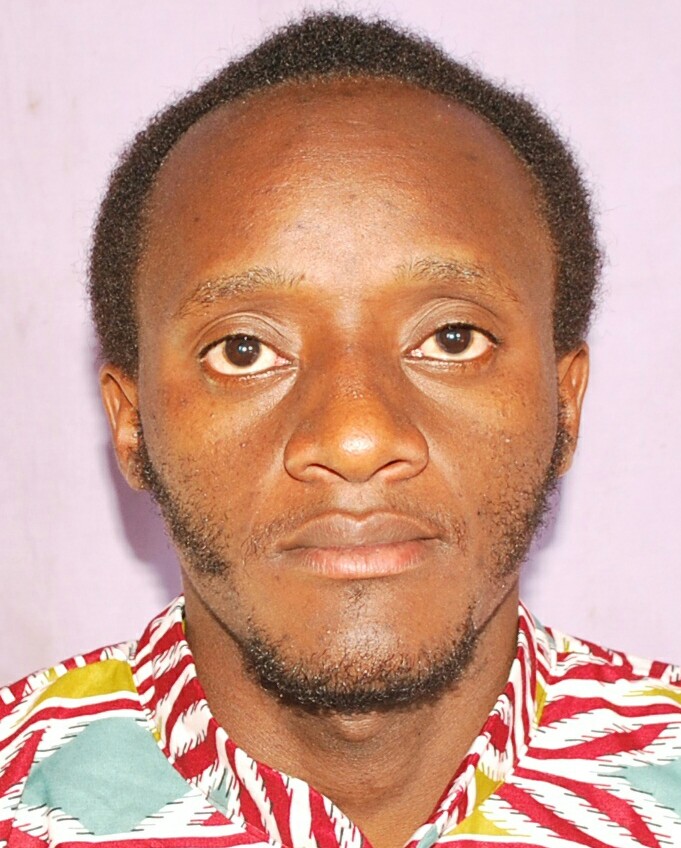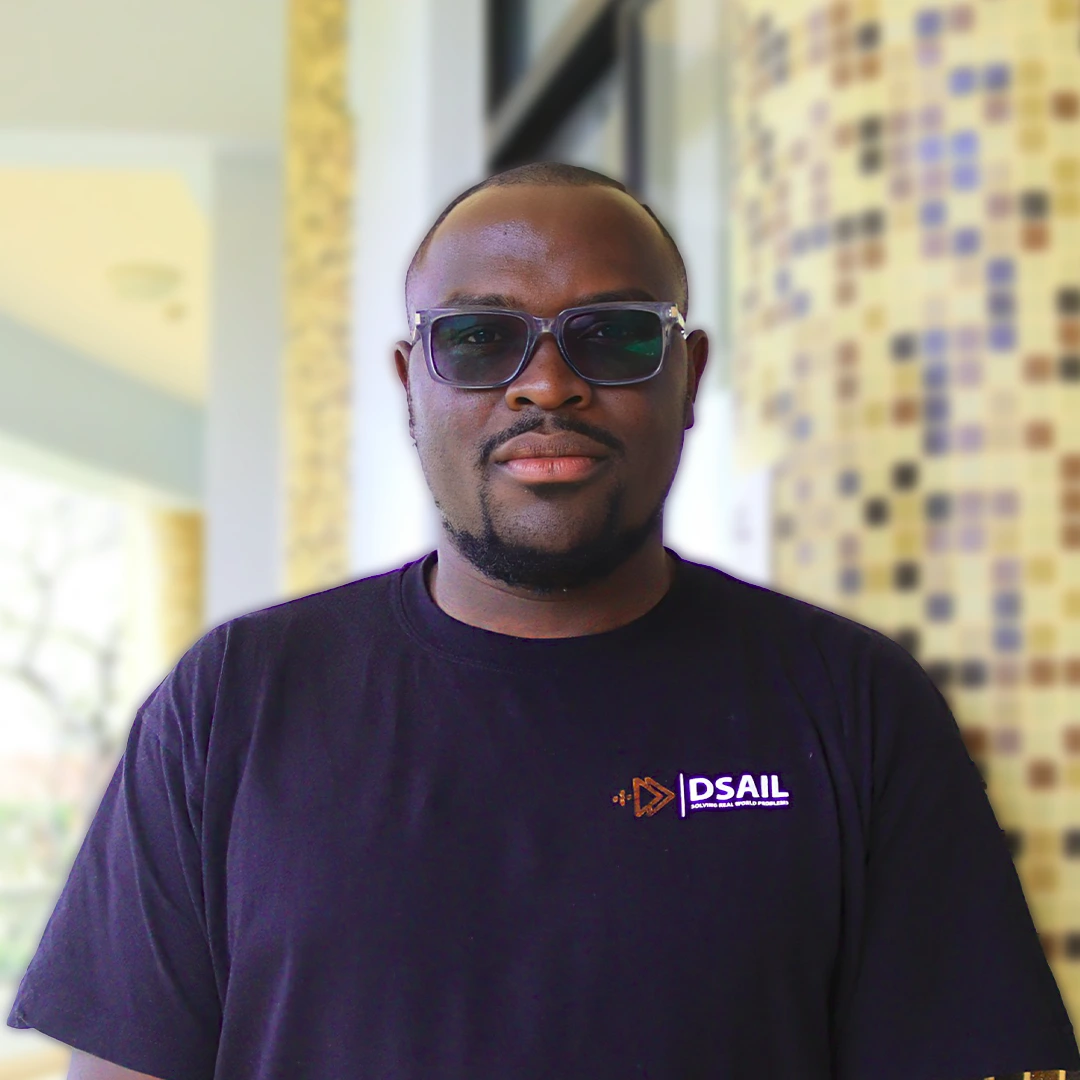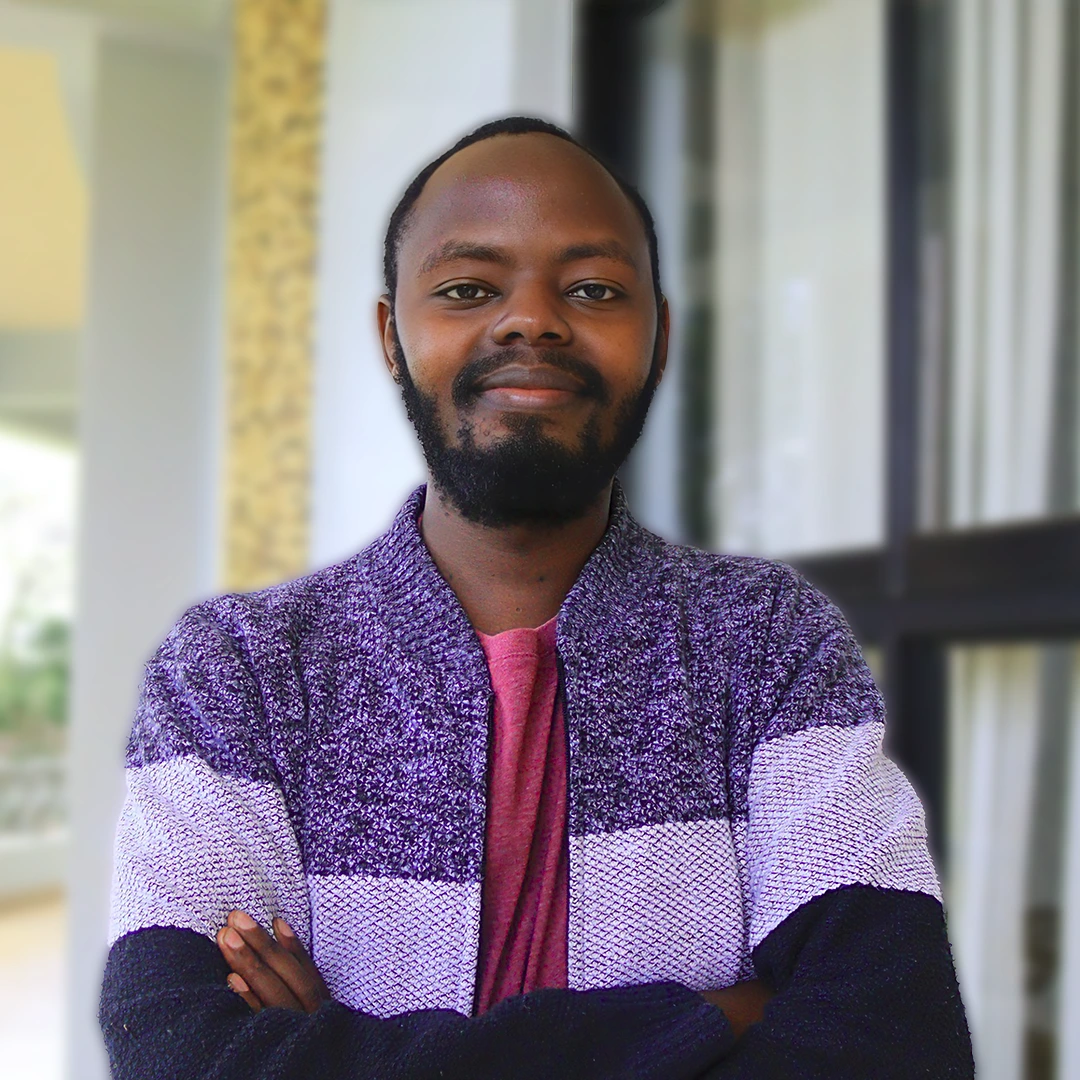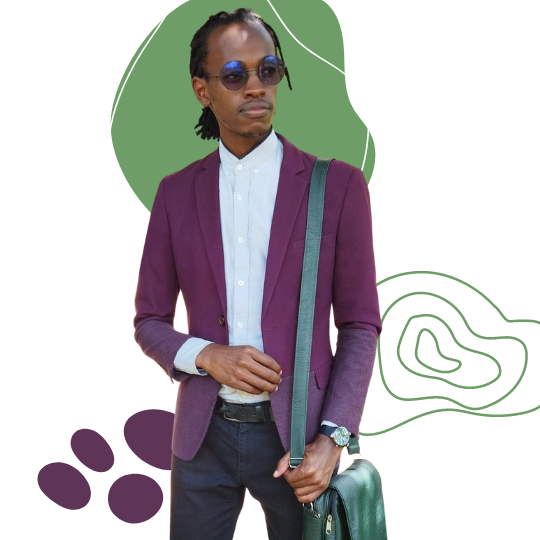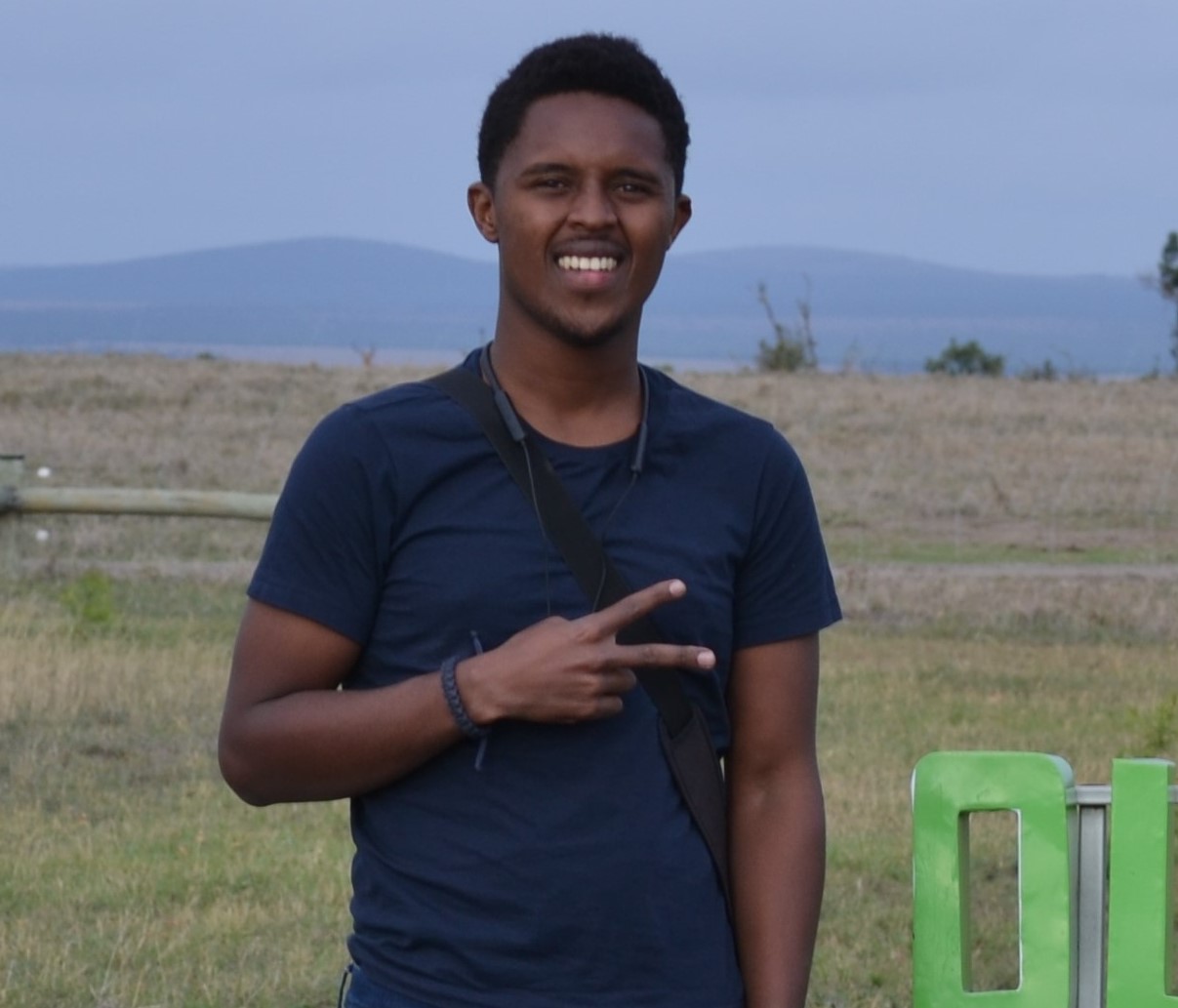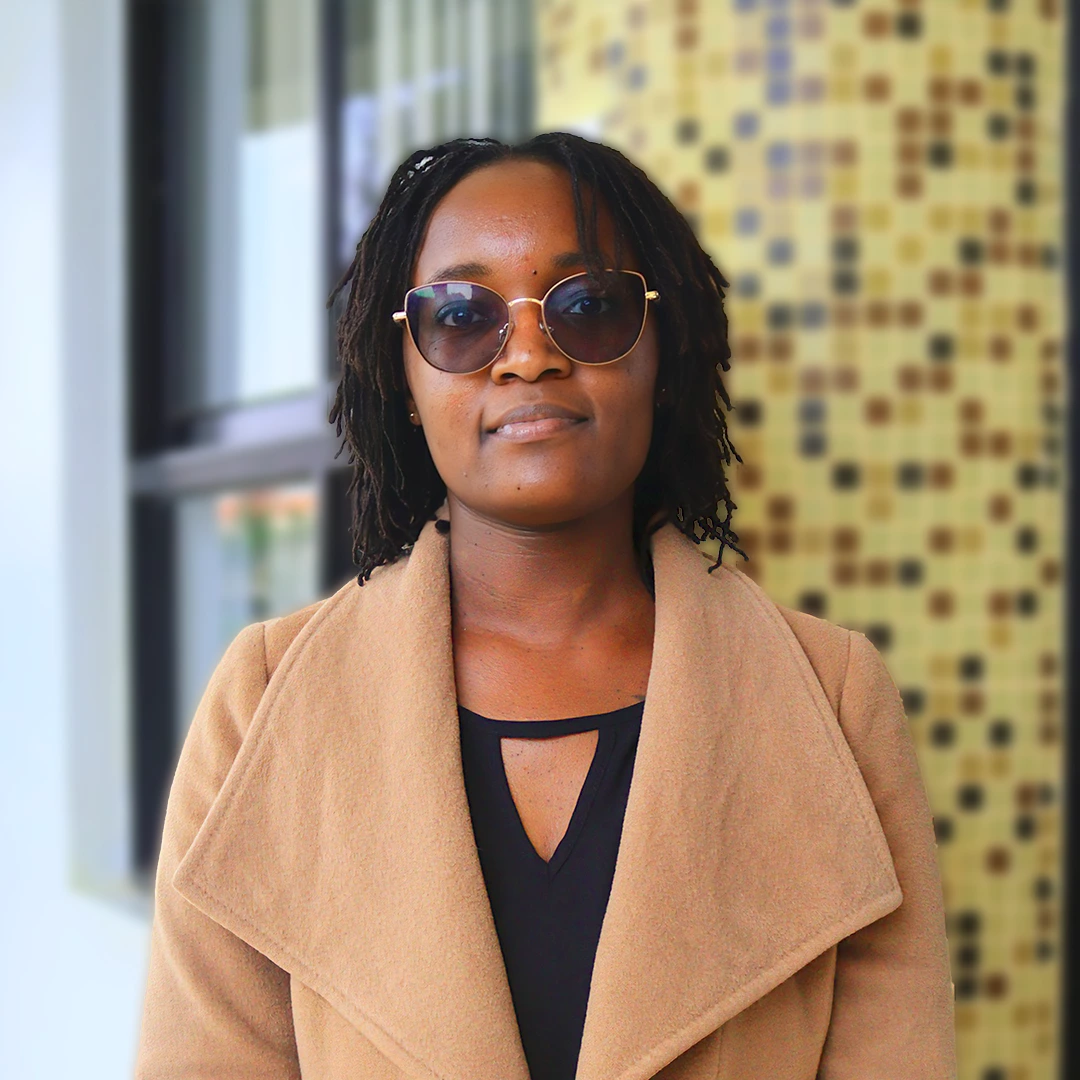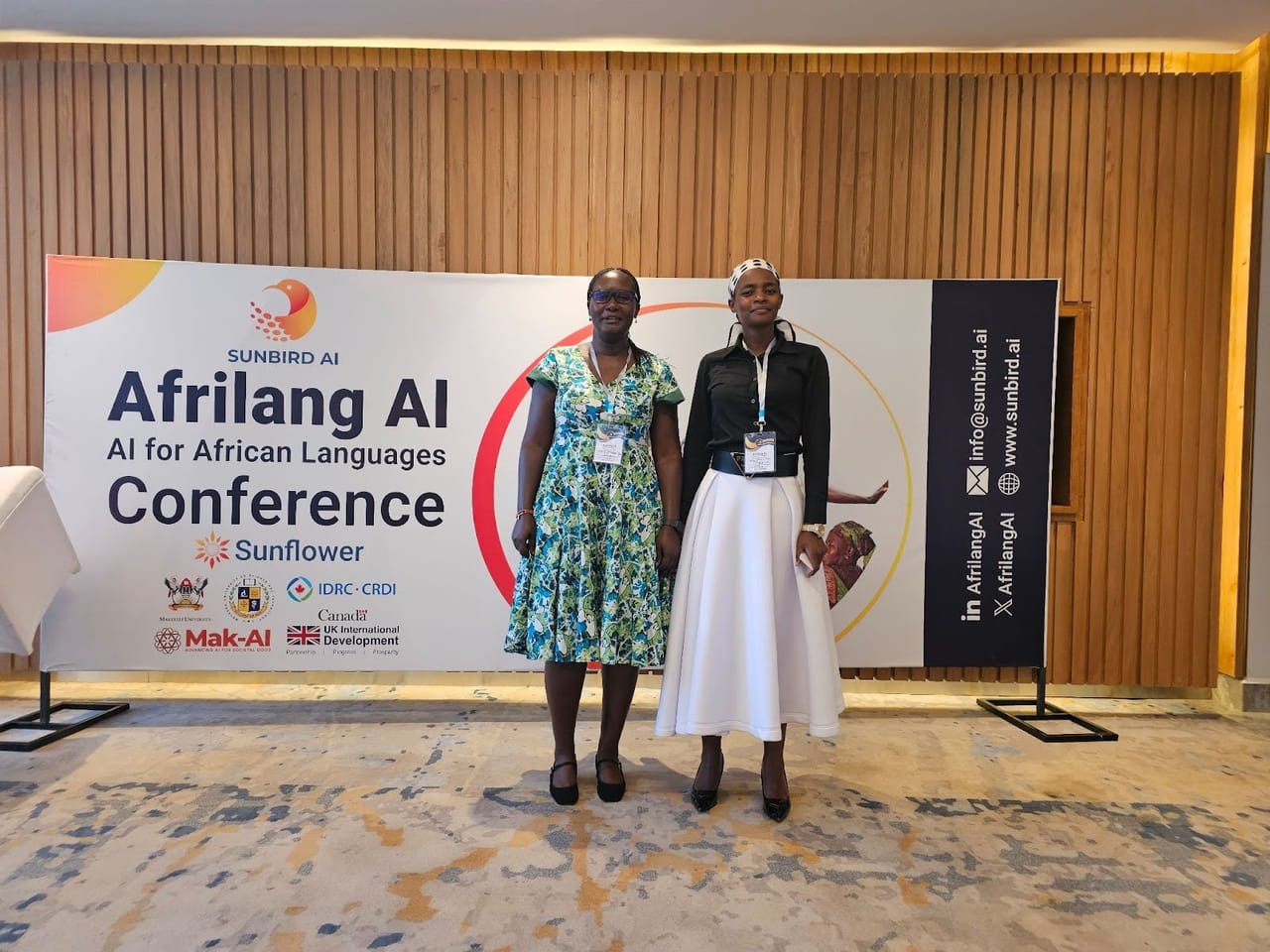
AfriLang AI Conference 2025
The conference brought together experts and researchers to explore how AI can be integrated to preserve and promote African languages. I'm excited to share my insights and experiences from this event ...

Space Summer Camp 2025
I had the humbling privilege of representing Kenya at the Space Summer Camp 2025 in Hangzhou. In this blog, I share what stood out: the social interactions, the practical skills, and how this experience ...
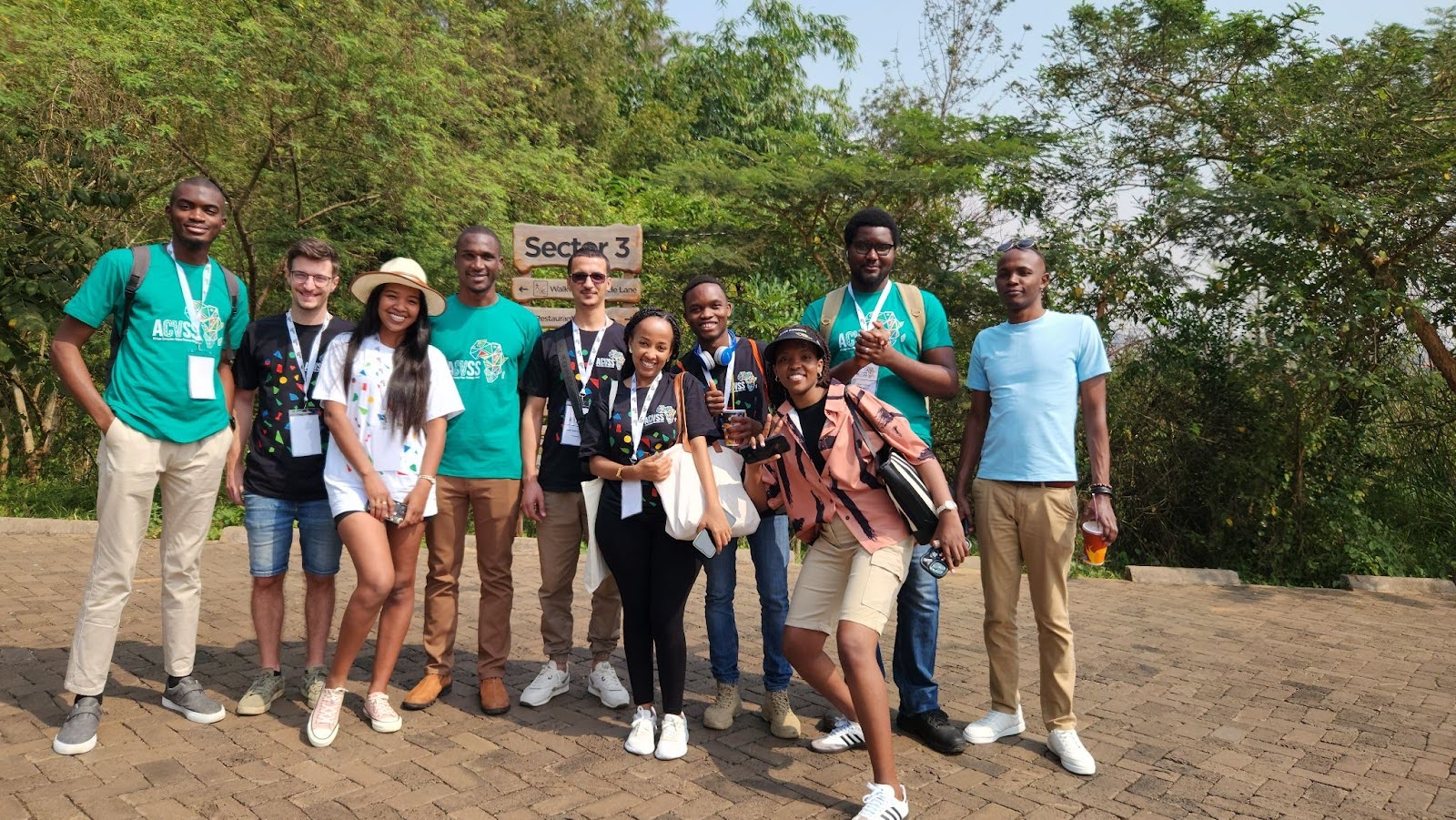
ACVSS 2025
I joined the African Computer Vision Summer School (ACVSS) — a ten-day fusion of theory, creativity, and the kind of questions that linger long after the laptops close. This blog post gives you a deep dive into ...
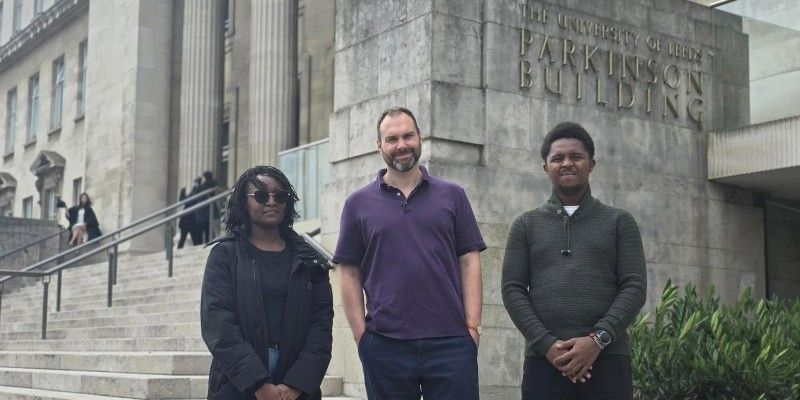
University of Leeds Visit
Lorna Mugambi and I had a research visit to the University of Leeds and Swansea University, we presented our research findings to AI and ecology experts at both universities, illustrating how knowledge can be shared across borders to make ...
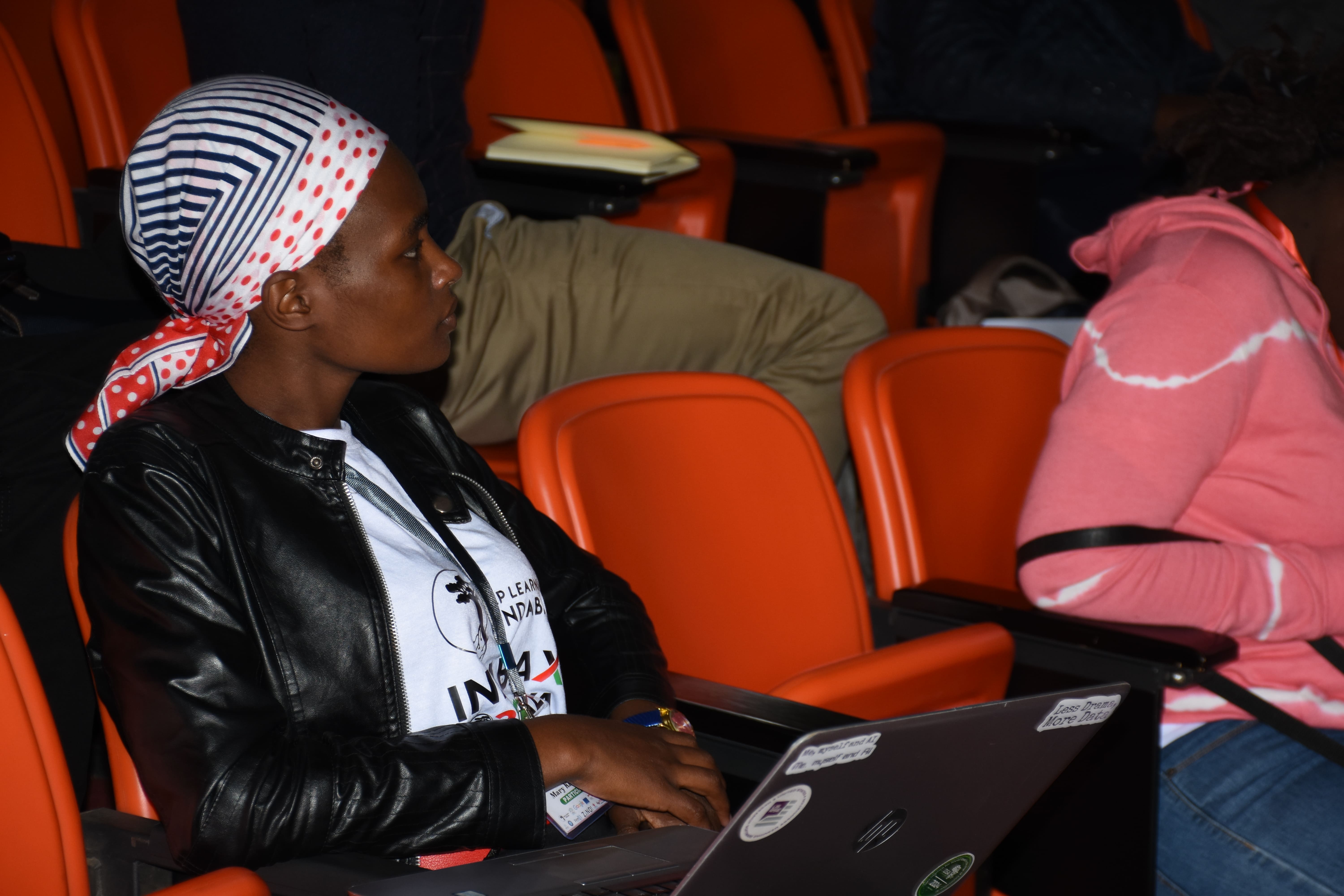
IndabaX Kenya AI Summit
The theme of the summit was “Akili Unde Katika Siasa na Demokrasia”, which emphasized the need for responsible AI and ethical use of Artificial Intelligence(AI) in political and democratic processes ...
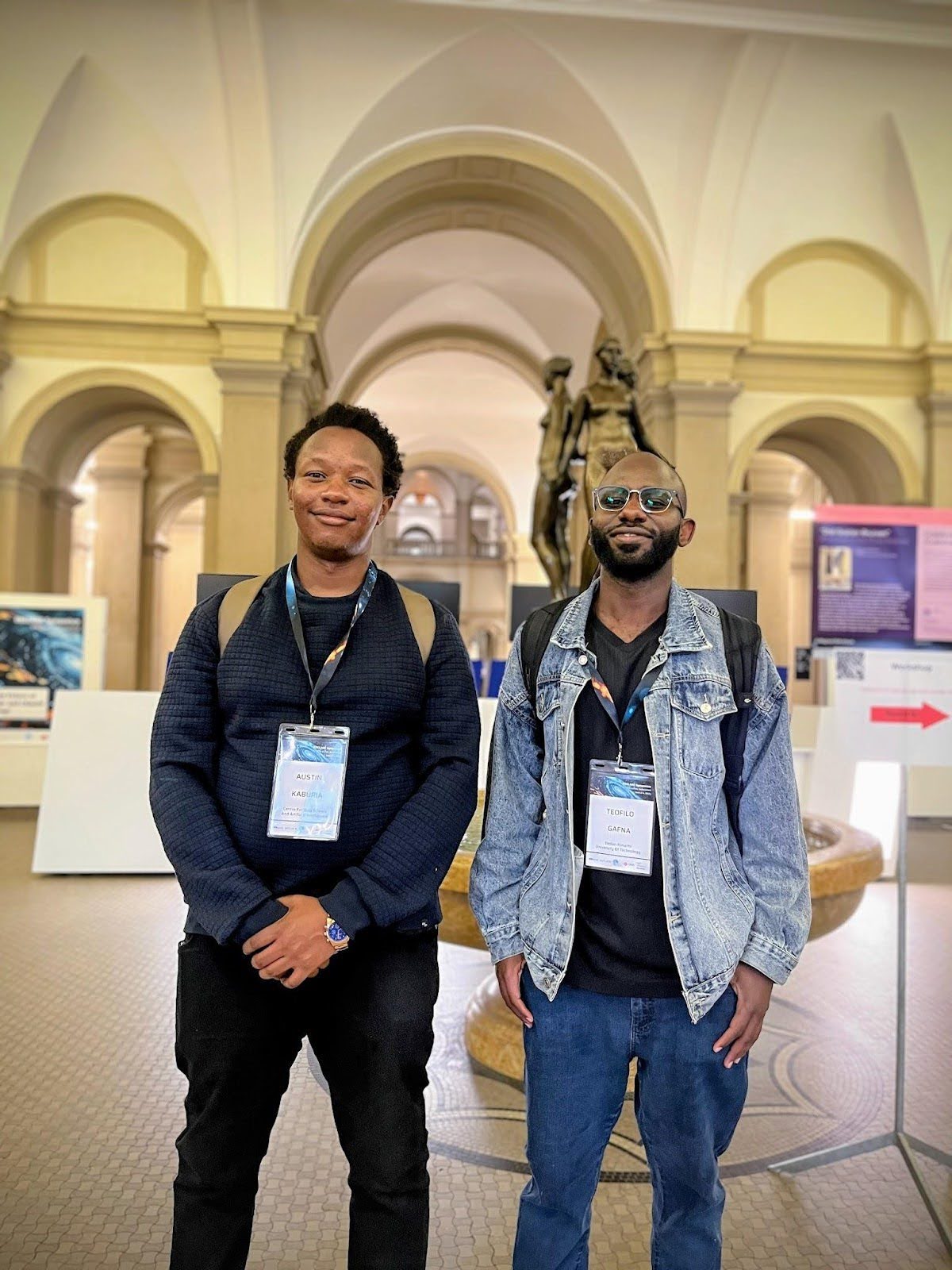
EXCLAIM 2025: AI for Climate Science at the Frontier
This conference focused on the intersection of AI and climate science. The symposium brought together researchers, data scientists, climate modelers, and technologists all working toward ...
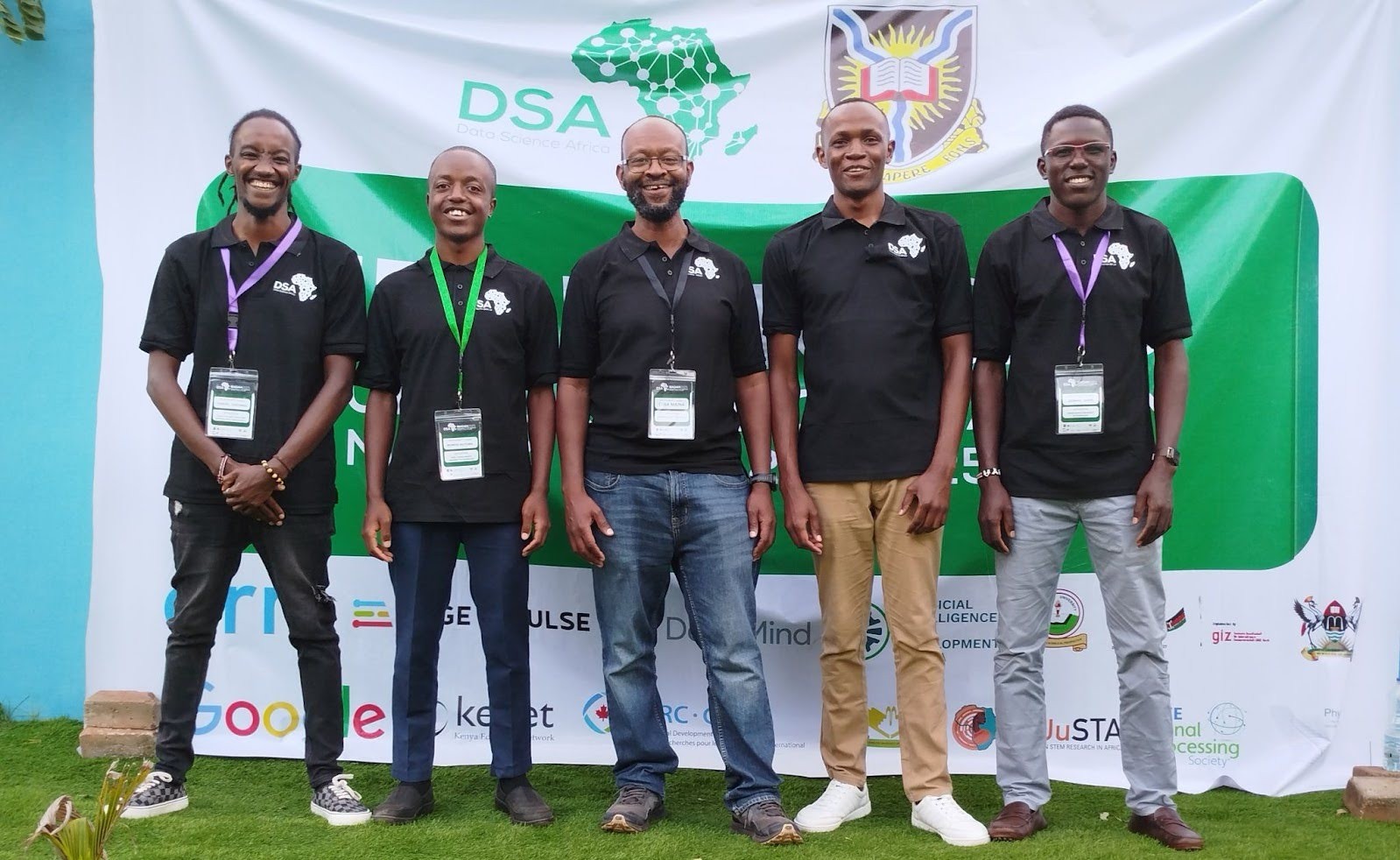
DSA 2025: Ibadan, Nigeria
Data Science Africa (DSA) is a grassroots organisation founded in 2015 to provide high-quality training in data science, machine learning, and other emerging technologies and to leverage these technologies to develop solutions to African ...

My Academic Adventure at DSAIL
Life often offers uncertainties and unpredicted events that shape our character physically, socially, spiritually, and career wise. One such transformational moment has been my career journey at DSAIL filled with captivating events ...
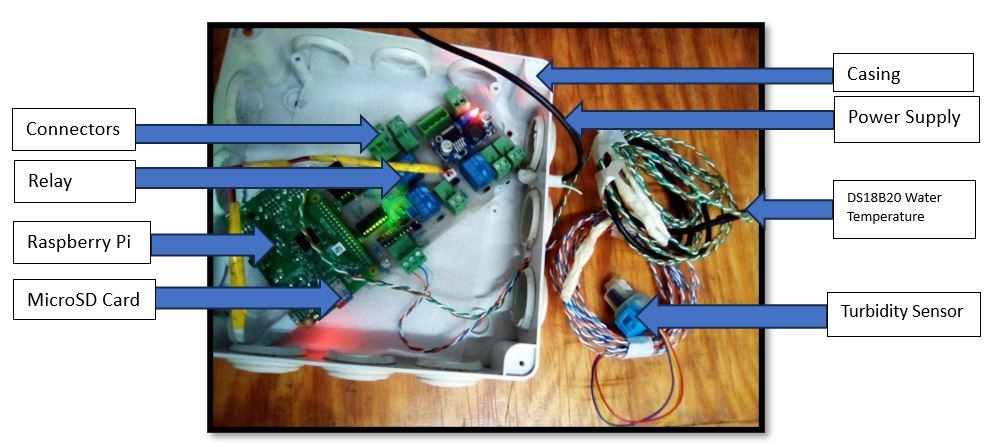
Fishpond Water Quality Monitoring System (DSAIL PondLive)
Fish farming, also known as aquaculture, plays an important role in supplying a steady and nutritious source of protein to populations all over the world. However, in the face of technological ...

My Scholarship Application Expedition
Navigating scholarship applications can indeed be challenging, riddled with setbacks and rejections. Many are tempted to give up, but with unwavering determination, patience, and persistence...

Faida Za Miti
Conservation experts, climate scientists and organizations tasked with conservation are in consensus that it is high-time we start taking conservation seriously. Climate change and destruction of catchment zones are real phenomena and the Global South including Kenya are ...

Data Collection at Ol Pejeta Conservancy for the Raspberry Pi TDR Project
Electric fences are used to create Protected Areas (PAs) to help preserve biodiversity, provide habitat to wildlife, and reduce Human Wildlife Conflicts (HWCs). Electric fences are prone to faults...

Get to know Bats: Dispelling Misconceptions about these creatures
Bats are fascinating and unique creatures that are often misunderstood. In this part of the world, they are sometimes termed creepy and diabolic! They are often associated with dark powers...
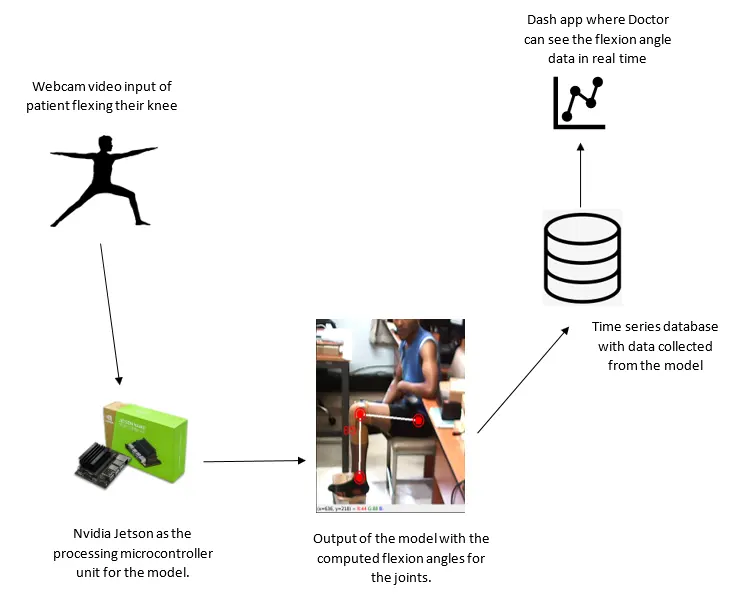
Knee Joint Flexion Angle Measurement using NVIDIA Jetson Nano
At DSAIL, we have developed an NVIDIA Jetson Nano based system that is capable of processing real-time webcam video input...
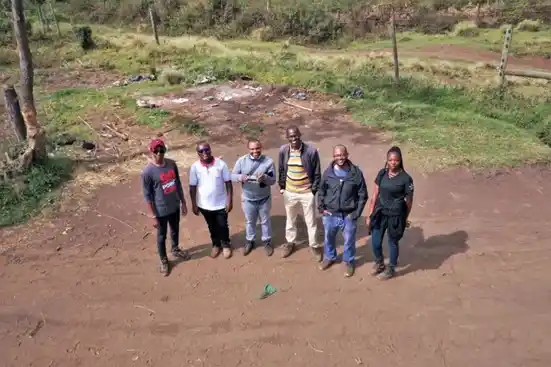
Into Kieni Forest; a Data Collection Exercise
Our aim was to collect stereoscopic images of randomly sampled trees which we would use to build a system that employs scientific methods to estimate the biomass of a tree...

Technology for Wildlife Conservation
The DSAIL team presented the DSAIL-Porini dataset, the cutting-edge software and hardware used to collect images, and the preliminary software used to automate the data annotation process...
.jpg)
DSAIL Research Day 2022
The DSAIL Research Day is when research interns and undergraduate research assistants at the Center for Data Science and Artificial Intelligence (DSAIL) gather to share with each other ...

Time Domain Reflectometry (TDR)
TDR is a method of fault detection and localisation in electric cables. TDR involves sending a fast-rising pulse down a cable and sampling it at the input. The sampled signal is then analysed...
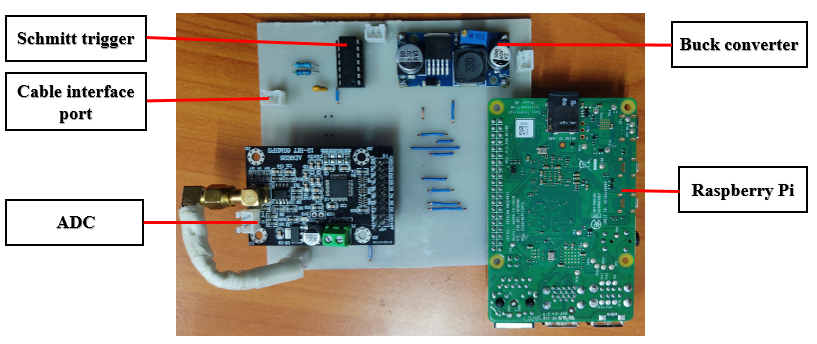
A Raspberry Pi Based Time Domain Reflectometer (TDR)
A Time Domain Reflectometer (TDR) is a device that is used to locate faults in electric cables. It is based on the principle of reflection of electric ...
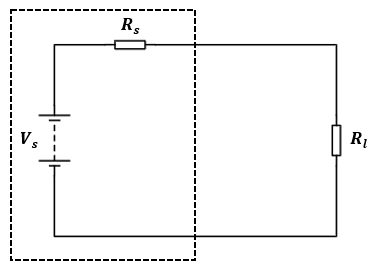
Reflection of Electric Signals in Conductors
This blog combines some of these concepts to explain reflection of electric signals. An electric signal travelling down an electric cable gets reflected wholly or partially when it encounters ...

DSAIL Bioacoustics System
The DSAIL Bioacoustics System is a Raspberry Pi based acoustic sensor that was developed at DSAIL. The system was developed with the aim to collect acoustic data of birds and also perform automatic classification of birds ...
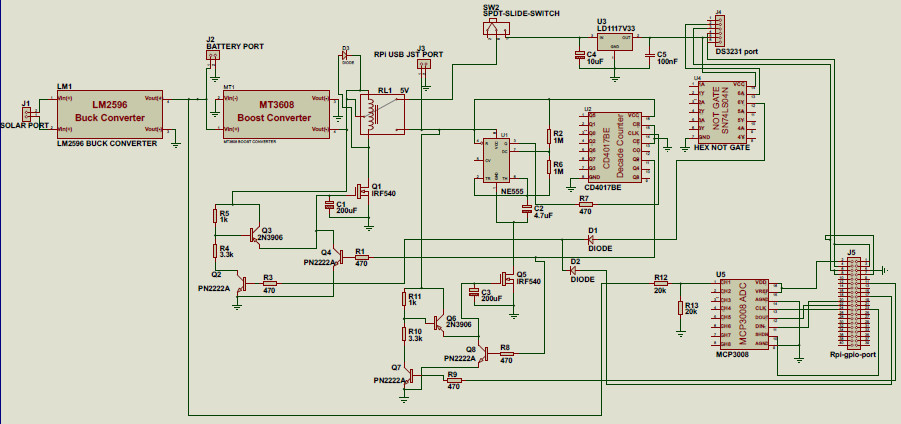
DSAIL Power Management Board: Powering the Raspberry Pi Autonomously Off-the-Grid
When designing a Raspberry Pi system to deploy in the field, the problem of powering the system needs to be handled carefully...
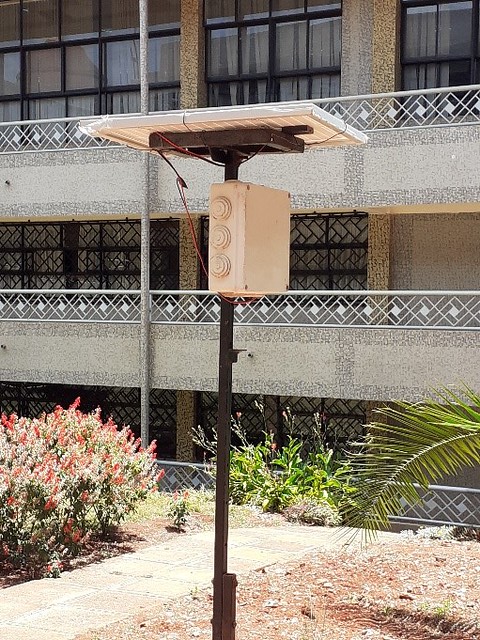
Deploying 'Ears' in Ecosystems: Bioacoustics monitoring
Bioacoustics monitoring of ecosystems provides a potential remedy to the hurdles faced when using surveys to monitor ecosystems. Most animals, like human beings, use sound as one of their means of ...

GCP-InfluxDB
The following are brief steps on how to setup / launch an InfluxDB Virtual Machine on GCP (Google Cloud Platform), install python 3.7 on it and run a pythonscript that queries the data from an IoT network server like ...
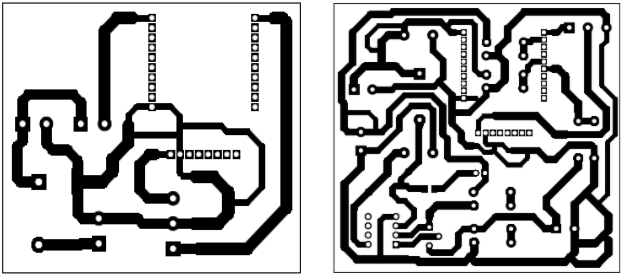
Etch (Project Ewaso Hardware Development)
Etching is a subtractive method used for the production of etched circuit boards: acid is used to remove unwanted copper from a prefabricated laminate...

Project Ewaso (project overview)
The Upper Ewaso Nyiro (Ngare Ngiro) is one of the major rivers in Kenya. For a millennium, it has been a lifeline for farmers and pastoralists in Kenya...
